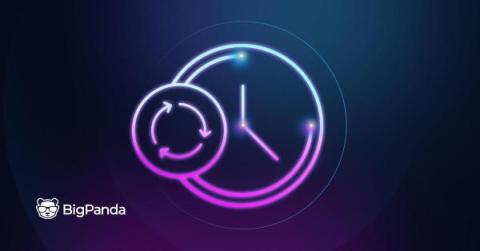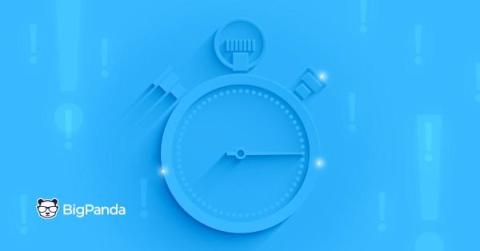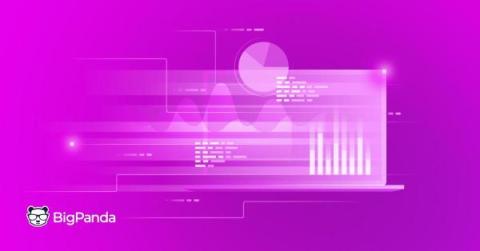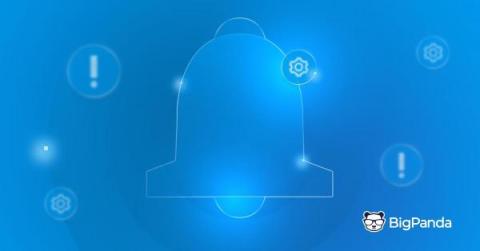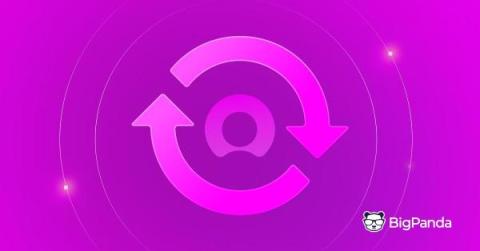Why monitoring your application is important
Effective monitoring and observability tools are critical for modern enterprises. Daily operations, digital transformation, moving to a cloud-native architecture, and an ever-evolving tech stack all require ITOps, DevOps, and SRE teams to monitor increasingly complex systems. So what happens if your applications suddenly cease to function? Every moment of downtime translates to lost income, decreased customer satisfaction, and harm to your company’s reputation.






